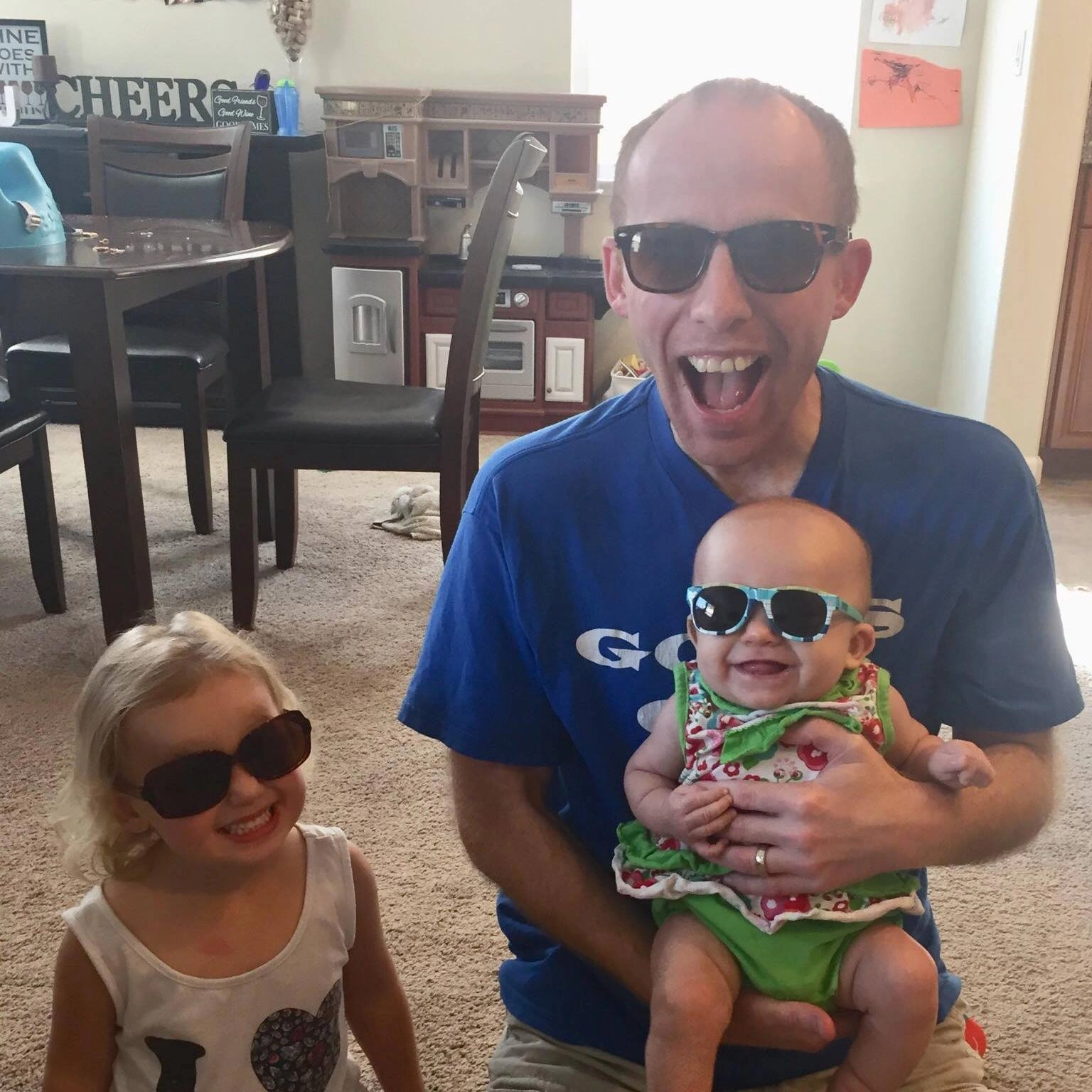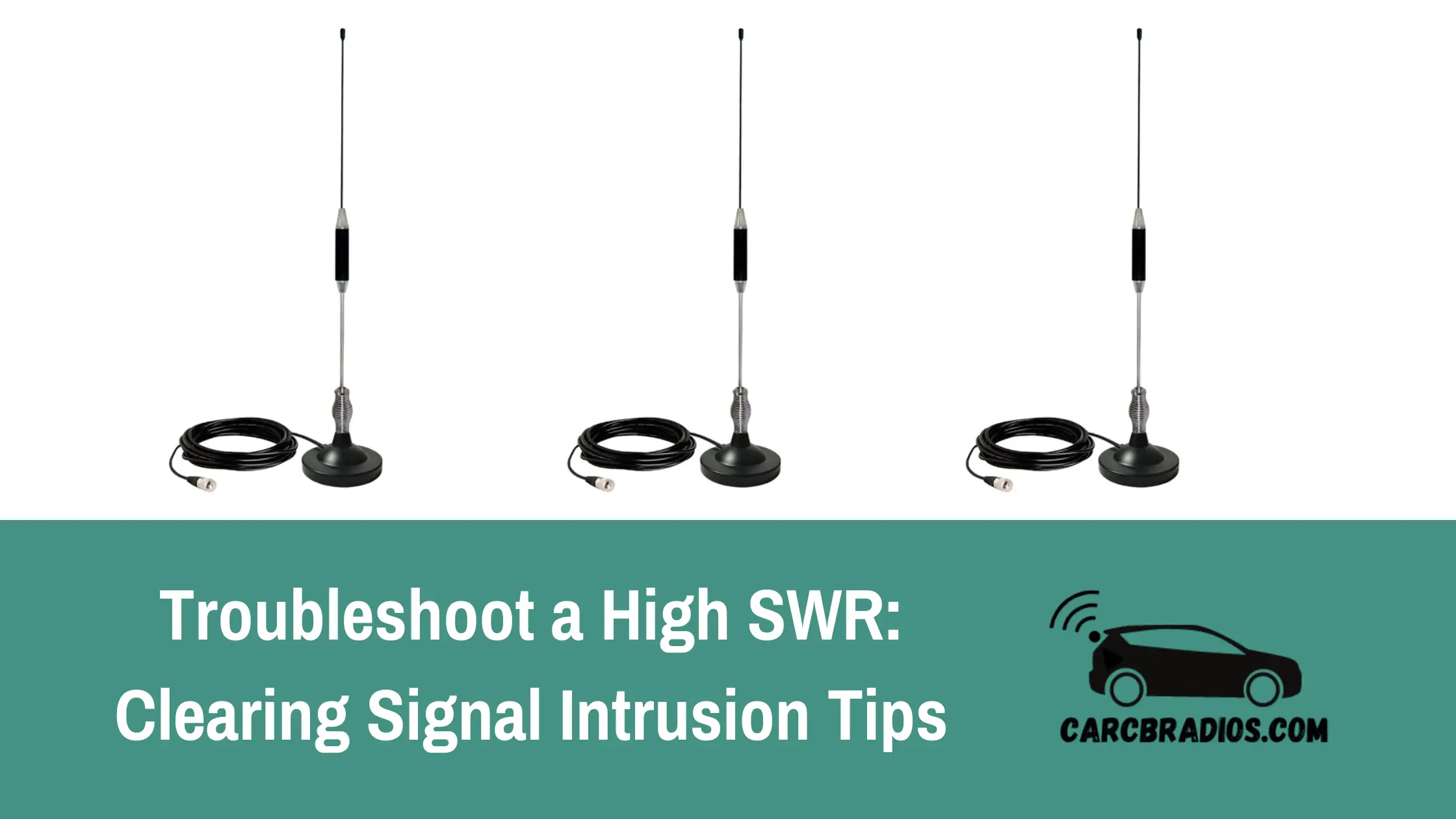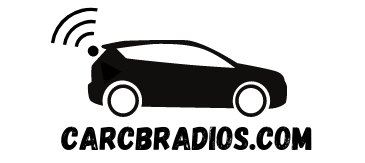By: Jeremy Neisser
As an experienced CB radio user, I know how frustrating it can be to deal with a high SWR reading. High SWR can lead to poor transmission quality and even damage your equipment. In this article, I will share some troubleshooting tips to help you identify and fix the causes of high SWR.
One of the most common causes of high SWR is a short or poor quality CB coax. Other factors that can contribute to high SWR include a broken or poorly mounted antenna, obstructions in the antenna's location, and a poor electrical ground. By following the tips in this article, you can identify and address these issues to improve your CB radio's performance.
Key Takeaways
High SWR can lead to poor transmission quality and equipment damage.
Common causes of high SWR include short or poor quality CB coax, broken or poorly mounted antennas, obstructions, and poor electrical grounds.
By troubleshooting these issues, you can improve your CB radio's performance.
.
Coiled Coax
I always make sure to avoid coiling up any extra coax between my antenna and CB radio. When coax is coiled up, it can create signal feedback by mimicking the coil in the antenna. To prevent this issue, I run the coax in a large figure 8 or purposely run it in a longer path to the radio.
In addition to avoiding coiling the coax, I also take care to properly use and store it. I verify that my coax is not crimped, bent, or crushed, as it is a critical component. When storing any additional coax, I use a figure 8 style and loosely bind it in the center with a zip tie, with about a foot in length. Improper storage, such as a circular style, could result in RF (radio frequency) issues that could interfere with my signal.
Location
When taking SWR readings, it is important to ensure that I am in the correct location. I need to make sure that I am not too close to any obstacles such as buildings, trees, or other vehicles. It is also important to ensure that the doors and hood of my vehicle are closed. If I am unsure about how to take SWR readings correctly, I can refer to a guide on how to tune my CB antenna.
Short
Coax
When there is a short in the CB Coax, it means that the shield is in contact with the center conductor. This can happen due to a factory defect or a break in the cable. To check for continuity, I can disconnect the coax from the CB radio and the CB antenna mount. Then, I can use a multimeter to test for continuity between the center conductor and the shield. If there is continuity, I need to replace the cable.
Stud
In an antenna stud, a short occurs when the antenna coupling nut or bolt makes contact with the mount. The nylon washers are installed to prevent this, but they may be left out or installed improperly. The purpose of the antenna stud is to isolate the antenna from ground, and when the nut or bolt contacts the mount, this fails. To check for an incorrectly installed stud, I can remove the CB antenna and disconnect the coax from the stud. Then, I can use a multimeter to test for continuity between the antenna coupling nut and the mount. If there is continuity, I need to check the placement of the nylon washers on the stud.
Poor Electrical Ground
As a CB radio user, it is essential to have a good electrical ground for your antenna mount. A poor electrical ground can lead to a weak signal, noise, and other issues. It is important to note that there is a difference between the ground plane and an electrical ground. Your standard CB antenna needs an adequate ground plane, which is a flat surface of metal at least 2 feet by 2 feet. The antenna mount will also need to be electrically grounded to the vehicle.
For metal mounts such as mirror mounts, side mounts, and 3-way mounts, a good ground to the vehicle chassis is achieved through metal-to-metal contact. You can test this with a light or multimeter just as you would test any vehicle ground. If you don't have a good ground, scraping paint off where the mount contacts the vehicle can help. However, it is essential to do this at your own risk. Running a grounding strap from the mount to the chassis can also work.
On the other hand, for magnet mounts, the ground is formed through capacitive coupling with the metal of the vehicle, which is achieved through the magnet. There is no way to improve the ground on magnet mounts. However, good quality magnetic mount antennas shouldn't have a grounding problem.
In summary, a poor electrical ground can lead to a weak signal and other issues. It is crucial to ensure that the antenna mount has a good ground to the vehicle chassis to avoid these problems.
Insufficient Ground Plane
When it comes to CB antennas, having a metal surface under them is crucial for proper transmission. A CB antenna ground plane is necessary for optimal performance. If there isn't enough metal under the antenna, it can result in an insufficient ground plane, leading to weaker signals and poor reception. To address this issue, you can try moving the mount closer to the vehicle or using a no-ground plane (NGP) CB antenna if there isn't enough metal available, such as with an RV or motorcycle. It's important to ensure that your antenna has as much metal under it as possible for optimal transmission.
Obstructions
When an obstruction blocks the antenna, it can result in poor radiation. If the antenna is mounted too low on the vehicle, such as on the bumper or behind the cab of a pickup truck, the signal may bounce back to the antenna, leading to high SWR. To address this issue, it is recommended to keep at least the top 12 inches of the antenna above the roof line and place the antenna as high as possible on the vehicle. For more detailed information on selecting a location, refer to our CB antenna installation guide.
Broken Antenna
If you are experiencing high SWR on your CB antenna, it may be due to a broken wire. Most CB antennas are made up of a copper wire wrapped around a fiberglass pole. To check for a broken wire, I recommend using a multimeter to test for continuity between the base of the antenna and the tip. If your antenna does not have a tunable tip, you may need to use the multimeter probe to reach the end of the wire. If there is no continuity between the base and tip, it is likely that you have a broken antenna.
It is important to note that some higher power antennas have a capacitor that can cause a multimeter to read no continuity. This does not necessarily mean that your antenna is broken. Check to see if your antenna is shunt fed before assuming it is broken.
Short or Poor Quality CB Coax
Replacing the CB coax can sometimes solve problems, even if the coax is not shorted. Antenna manufacturers recommend using 18 feet of coax, but using a longer or higher quality cable may also fix the issue.
Antenna Mounting Location
When mounting your antenna, it's important to consider the location carefully. The placement of your antenna can affect its performance. If you mount the antenna too low and close to the body of the vehicle, the signal may bounce back into the antenna, causing a high SWR. In this case, you'll need to raise the antenna or reposition it.
For the best performance, it's recommended to mount your CB antenna where there is a flat radiating surface. The center of the vehicle's roof is the optimal location. This position provides a 360-degree ground plane, which maximizes the antenna's performance.
CB Antenna Length
When it comes to CB antennas, manufacturers try to pre-tune them to work in most scenarios. However, there are times when they may not be tuned correctly, and the SWR levels are unacceptable. In such cases, it is possible that the antenna is too long. Cutting the whip portion of a center-loaded coil antenna may be a last resort to fixing this issue. It is important to note that this should be done at your own risk as it is easy to cut too much off and ruin the antenna. If you decide to try this method, it is recommended to cut off a small amount each time and take a new reading in between to gauge your progress.
SWR Range Explanations
When it comes to CB radios, SWR (Standing Wave Ratio) is an important factor to consider for optimal performance. The SWR range can vary depending on the installation and equipment used, but there are general guidelines to follow.
SWR 1.0-1.5: This is considered the ideal range for SWR. If your SWR is under 1.5, you're in great shape. It's possible to drop down to closer to 1 with additional tuning, different equipment, or a different mounting location, but the drop from 1.5 to 1.0 won't make a substantial increase in performance.
SWR 1.5-1.9: While there's room for improvement, SWR in this range should still provide adequate performance. If you've tuned the antenna and still have SWR in this range, it's likely an issue of a less-than-ideal mounting location for your vehicle and/or an antenna that isn't ideal for the mounting location.
SWR 2.0-2.4: While not good, SWR in this range likely won't damage your radio with casual use. However, you should definitely try to improve it if you can. SWR in this range is usually caused by a poor antenna mounting location and/or a poor choice of equipment for your specific vehicle.
SWR 2.5-2.9: Performance in this range will be noticeably decreased, and you might even damage your radio if you transmit frequently and for extended periods. We advise you not to operate your radio in this range. To troubleshoot, you'll likely need to move the mounting location and/or use a more suitable antenna.
SWR 3.0+: Performance will be severely affected, and you're likely to damage your radio with extended transmission use. You SHOULD NOT transmit with your CB at SWR levels above 3.0. If your SWR needle swings all the way to the right (off the charts) when getting your 3.0+ readings, you almost certainly have a major installation problem. This is almost always the result of a poor ground or incorrectly assembled stud, but on rare occasions can indicate a faulty coax, antenna, or incorrectly attached SWR meter.
It's important to note that radio damage will only occur when transmitting from an antenna with high SWR readings. Leaving the radio on to receive signals poses no risk to your radio. If you have already optimized your current antenna setup and you still want to improve your SWR readings, you can try a different antenna, a different mounting location, or, if you are setting up a dual antenna system, try utilizing only one of the antennas instead of both. Sometimes, you will get better performance from using one antenna instead of two.
In conclusion, understanding the SWR range and taking the necessary steps to optimize it can greatly improve the performance of your CB radio. By following the guidelines above, you can troubleshoot and improve your SWR readings for the best possible performance.
Frequently Asked Questions
How can I lower the SWR on my antenna?
To lower the SWR on your antenna, you can try adjusting the length of your antenna, checking the connections, and ensuring that your antenna is mounted in the correct location. You can also try using a tuner to match the impedance of your antenna to your radio.
What are some common causes of high SWR readings?
Some common causes of high SWR readings include a poorly installed or damaged antenna, using the wrong type of coax cable, and having an antenna that is too short or too long for the frequency you are using.
What is a CB SWR meter and how does it work?
A CB SWR meter is a device used to measure the SWR of your antenna. It works by measuring the amount of power that is reflected back from your antenna and comparing it to the amount of power that is transmitted from your radio.
What should I do if my SWR is high on all channels?
If your SWR is high on all channels, you should check your antenna and connections to make sure everything is properly installed and not damaged. You may also need to adjust the length of your antenna or use a tuner to match the impedance of your antenna to your radio.
Can using the wrong type of coax cable affect SWR?
Yes, using the wrong type of coax cable can affect SWR. It is important to use the correct type of coax cable for your antenna and radio to ensure that the impedance is matched properly.
Why does my SWR fluctuate and how can I fix it?
Your SWR may fluctuate due to changes in the environment, such as weather conditions or nearby objects. To fix it, you can try adjusting the length of your antenna or using a tuner to match the impedance of your antenna to your radio.

Hi & Welcome!
My name is Jeremy and I have been an avid car nut for many year. My first car was an 1987 Honda CRX. I put in my first Kenwood stereo, amp, 2 10" JLs and a CB Radio in it and have been an avid user of CBs and car radios for years. I'll do my best to share my tips, information and thoughts to help you with whatever question you might have, ABOUT ME
After I graduated from High School, I worked 5 years are Radio Shack and 3 years at Circuit City answering questions and helping customers with various electronics questions.

